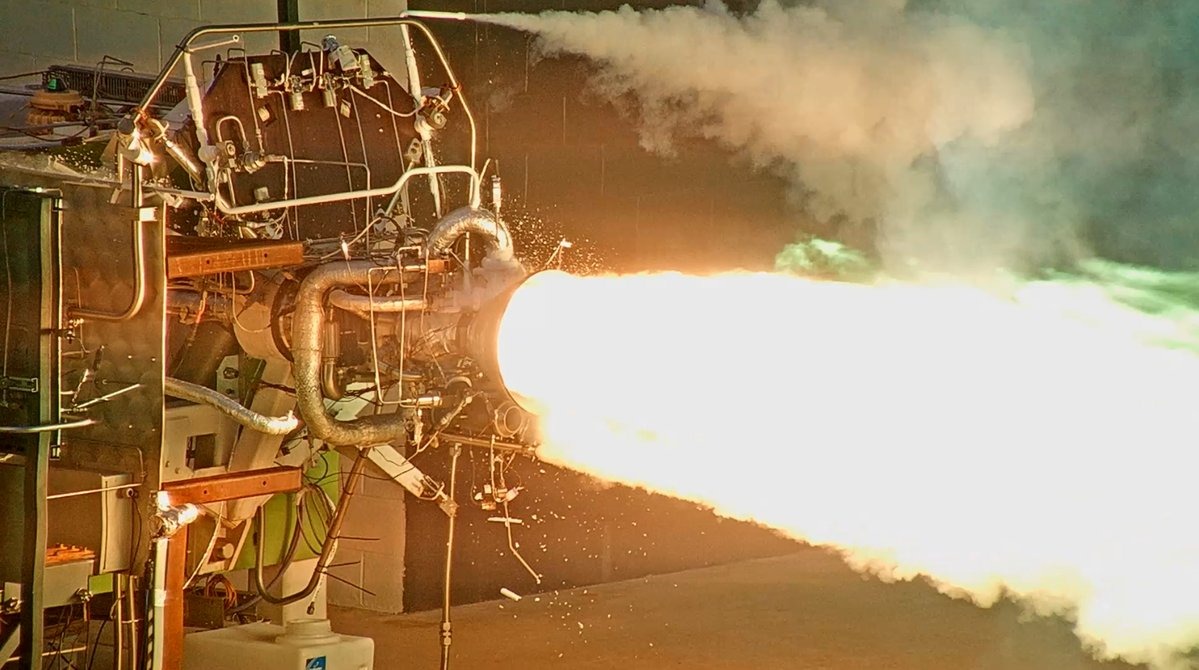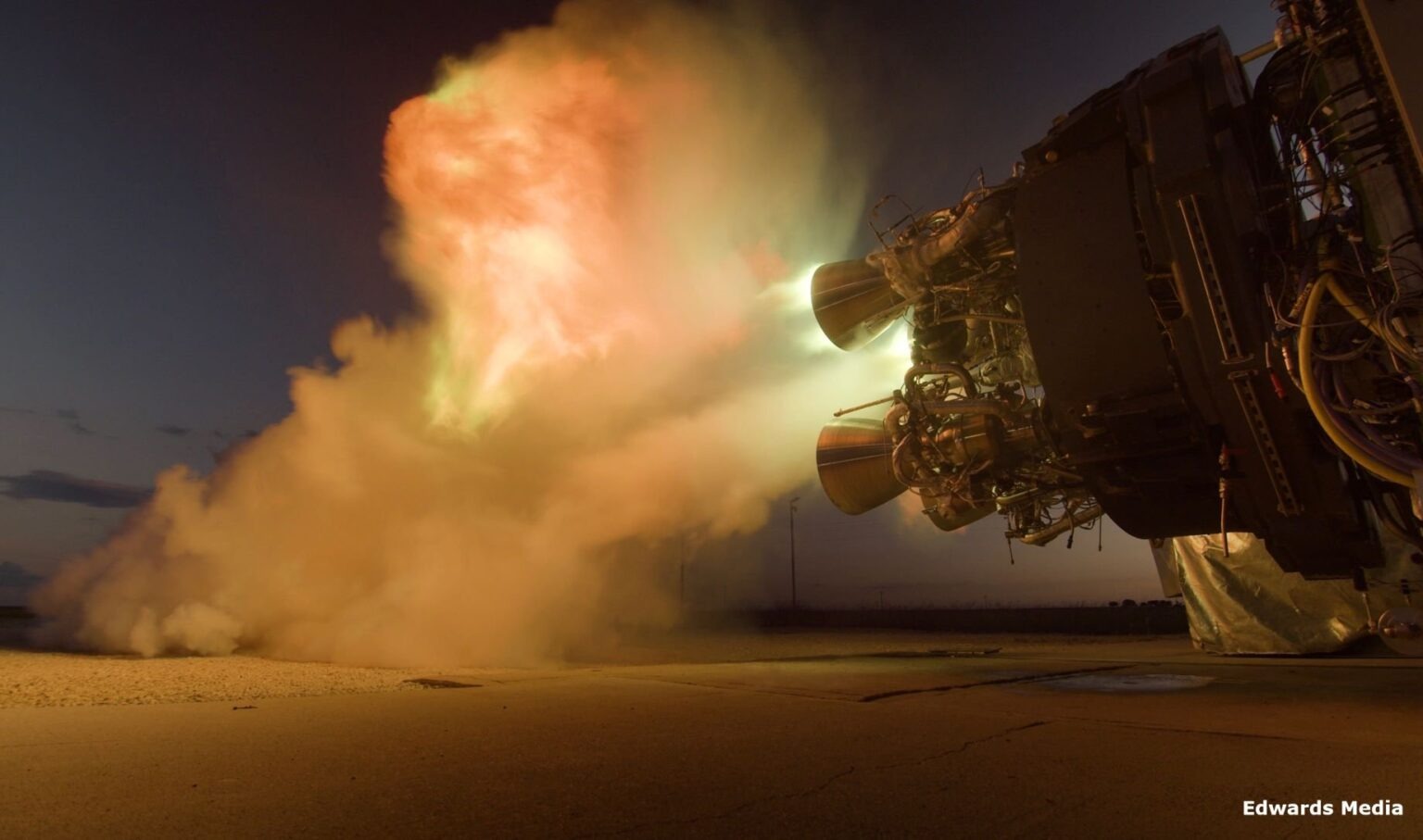The Slow Mo Guys tandem, also known as Gavin Free and Daniel Gruchy, delighted rocket enthusiasts with an exciting and entertaining video. They are testing a powerful rocket engine in amazing slow-motion detail.
To get impressive footage, a couple of popular YouTubers traveled from the UK to Texas with one goal: to record on video the tests of the Reaver rocket engine, which was developed by Firefly Aerospace.
The video begins with careful preparation for setting up the camera for slow motion. This task required precision, since the camera had to be close enough to the event to capture it in detail but not so close as to damage the equipment due to the high temperature and shock wave.

However, the biggest difficulty was finding the perfect exposure setting of the camera. Displaying the event in natural light would look as if all the details disappeared in the heated flame that exploded from the rocket engine. Therefore, Gavin Free set the camera exposure value four steps lower, which made the image significantly darker than expected. He later admitted that it might be worth making an even bigger reserve for slow motion.
But despite all the difficulties and nerves spent on this project, the result is impressive. In the footage, you can clearly see how the rocket engine works in slow motion at 2000 frames/s, which is 80 times slower than in real time. The power of this rocket, capable of developing 20 tons of thrust in a vacuum, looked incredible, especially when the flame seemed alive and explosive, as if it happened in real time.

The words of Slow Mo Guys have amassed 14.8 million subscribers on their YouTube channel in the 13 years since its inception. Their most popular video, in which steam bursts a huge water balloon, currently has 198 million views. The content of their channel is diverse and interesting, from ordinary experiments to strange ideas, as well as unusual tests. All this is presented in slow motion, making their videos extremely fascinating for viewers.
Earlier we talked about the physics of rocket engines.
Follow us on Twitter to get the most interesting space news in time
https://twitter.com/ust_magazine
